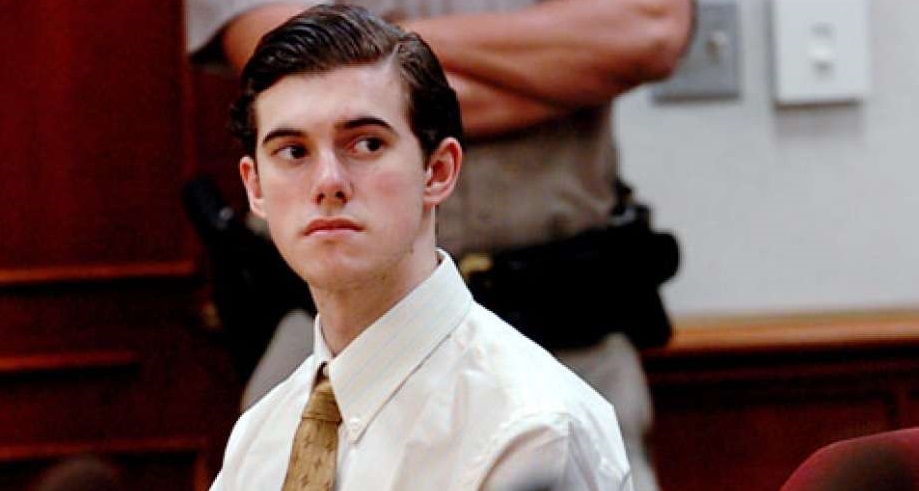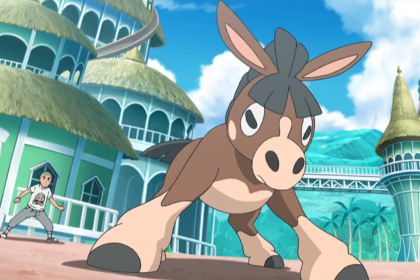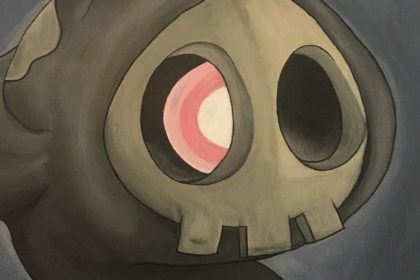Scott Edgar Dyleski was convicted of murdering his neighbor, Pamela Vitale, the wife of prominent attorney Daniel Horowitz. He received the maximum penalty allowed by law, life in prison without parole. Take a look below for 26 more strange and scary facts about Scott Dyleski.
1. As a juvenile at the time of the murder, he didn’t qualify for the death penalty.
2. The murder was committed on October 15, 2005, when Dyleski was 16 years old.
3. He is currently serving his sentence in California State Prison, Corcoran.
4. Dyleski was born in San Francisco, California to Kenneth Dyleski and Esther Fielding.
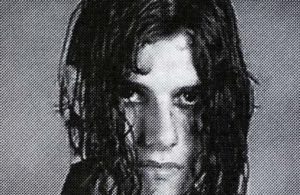
5. His parents separated when he was three years old, and Dyleski was raised by his mother.
6. During elementary school, Dyleski moved with his mother to Lafayette, California, and began living in the home of another family, with whom they had long been friends.
7. Dyleski attended Lafayette public schools, including Acalanes High School, where he dressed in strange clothing such as trench coats and was described as a “nice kid” by a fellow student.
8. On October 15, 2005, Dyleski’s neighbor Pamela Vitale was found murdered in her home. She was found lying in the entryway just inside the front door and had been bludgeoned to death.
9. Five days later, on October 20, 2005, Dyleski was arrested on suspicion of committing the murder.
10. Initially, Dyleski was represented by attorney Thomas McKenna. However, he later asked to be removed from the case, because he defended the driver of a car that killed Dyleski’s sister and another passenger in 2002.
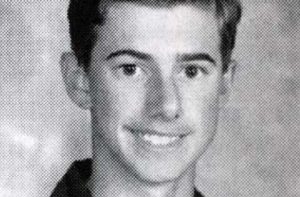
11. Dyleski was then represented by Ellen Leonida, a public defender. Dyleski plead not guilty.
12. Authorities believe that Dyleski was surprised by Vitale during a burglary of her home. However, Dyleski’s girlfriend, Jena Reddy, testified at trial that Dyleski had talked about beating and breaking the necks of children and was curious about how the human body would function without certain organs.
13. Authorities said that he killed Vitale by striking her numerous times in the head, possibly with a rock, and then carved a symbol into her back.
14. During the trial, prosecutor Harold Jewett tried to establish that the symbol found on the victim’s back closely resembled the letter “H” in the word “hate” from a bumper sticker reading, “I’m for the separation of Church and Hate,” which was seized from Dyleski’s bedroom.
15. The coroner’s autopsy report describes the marks on Vitale’s back as an “H-shaped figure cut into skin of posterior torso.”
16. Other reports indicate that the symbol was a Cross of Lorraine.
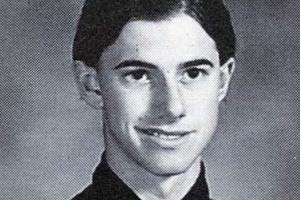
17. Dyleski was arraigned on an additional charge of first degree residential burglary and he entered a new plea of not guilty to all the charges.
18. His mother was accused of helping her son destroy evidence, but the charge was dropped under the condition that she testify truthfully.
19. Prosecutor Harold Jewett said that Dyleski identified with gothic symbols and art that depicted violence and stabbed and beat Vitale.
20. During the trial, the animated television series “Invader Zim” was cited. The prosecution asserted that the defendant had a fascination with images of body parts.
21. DNA evidence showed Vitale’s blood was found on Dyleski’s belongings, the DNA of both Vitale and Dyleski was found on the ski mask worn during the murder, and his DNA was found on the bottom of her foot.
22. A shoe print at the murder scene was determined by the jury to match shoes belonging to Dyleski.
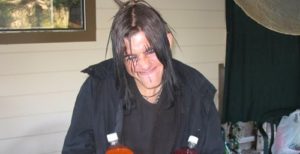
23. Dyleski exercised his right to remain silent and didn’t testify.
24. Dyleski was found guilty of all the charges against him: first degree murder, the special circumstance of murder in the commission of a first degree residential burglary, first degree residential burglary and an enhancement for using a dangerous weapon to bludgeon Vitale.
25. He was sentenced to life in prison without the possibility of parole.
26. He was held in juvenile hall until his 18th birthday on October 30, 2006, and was then transferred to San Quentin Prison. He was kept out of the general population while his case was evaluated and was then transferred to Kern Valley State Prison several months later.

